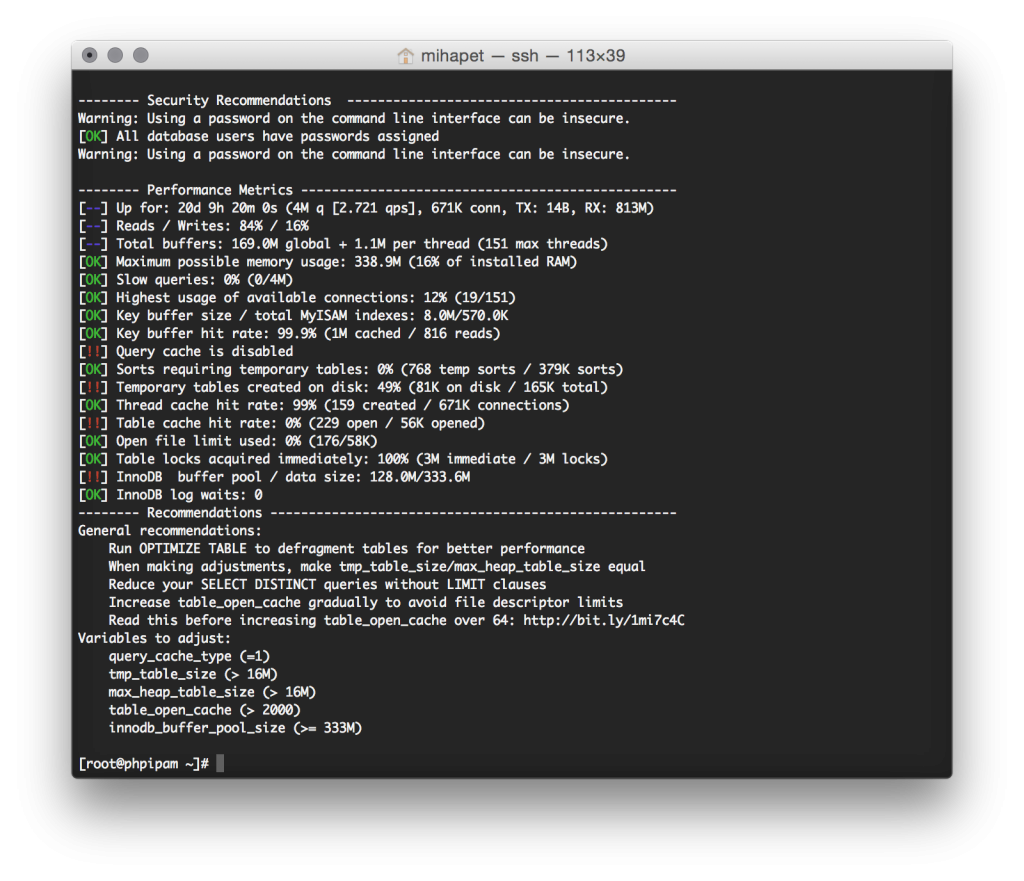Rules Shouldn’t Have Exceptions

On my way to Virtualization Field Day 4, I ran into a bit of a snafu at the airport that made me think about policy and application. When I put my carry-on luggage through the X-ray, the officer took it to the back and gave it a thorough screening. During that process, I was informed that my double-edged safety razor would not be able to make the trip (or the blade at least). I was vexed, as this razor had flown with me for at least a whole year with nary a peep from security. When I related as much to the officer, the response was “I’m sorry no one caught it before.”
Everyone Is The Same, Except For Me
This incident made me start thinking about polices in networking and security and how often they are arbitrarily enforced. We see it every day. The IT staff comes up with a new plan to reduce mailbox sizes or reduce congestion by enforcing quality of service (QoS). Everyone is all for the plan during the discussion stages. When the time comes to implement the idea, the exceptions start happening. Upper management won’t have mailbox limitations. The accounting department is Continue reading


